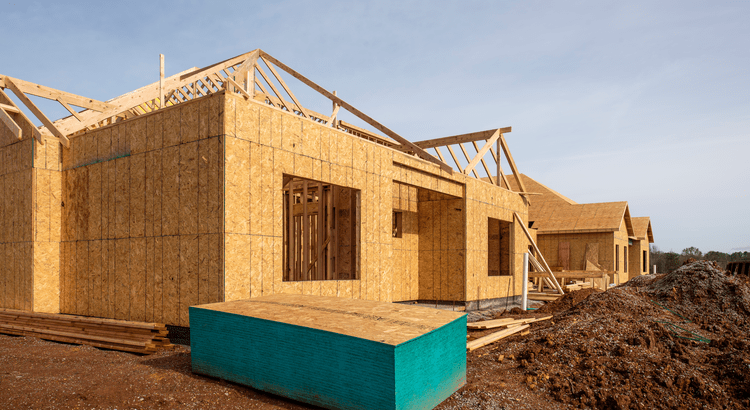Why Today’s Mortgage Debt Isn’t a Sign of a Housing Market Crash
Why Today’s Mortgage Debt Isn’t a Sign of a Housing Market Crash

One key reason we’re not facing a foreclosure crisis is the substantial equity homeowners have built today. Unlike during the last housing bubble, when many homeowners owed more on their mortgages than their homes were worth, today’s homeowners have significantly more equity than debt.
This is a major factor in why, even with mortgage debt at an all-time high, the current situation is far different from 2008. As Bill McBride, Housing Analyst for Calculated Risk, explains:
“With the recent house price increases, some people are worried about a new housing bubble – but mortgage debt isn’t a concern . . .”
Homeowners today are in a much stronger financial position than in the past. Let’s break it down to understand why today’s mortgage debt isn’t a cause for concern.
More Equity, Less Risk of Foreclosures
According to the St. Louis Fed, total homeowner equity is now almost three times the amount of total mortgage debt (see graph below):
High equity significantly reduces the likelihood of foreclosure because it gives homeowners more flexibility. If someone is having trouble keeping up with mortgage payments, they can often sell their home and still walk away with a profit due to the equity they’ve built.
Even if home prices were to decline, most homeowners would still have a solid equity buffer. This is a stark difference from the 2008 crisis, when many homeowners owed more than their homes were worth and had limited options to prevent foreclosure.
Delinquency Rates Are Still Near Historic Lows
Another encouraging indicator is that, according to the NY Fed, the number of mortgage payments over 90 days past due remains near historic lows (see graph below):
 This is partly thanks to numerous programs aimed at assisting homeowners during temporary financial challenges. As Marina Walsh, VP of Industry Analysis at the Mortgage Bankers Association (MBA), explains:
This is partly thanks to numerous programs aimed at assisting homeowners during temporary financial challenges. As Marina Walsh, VP of Industry Analysis at the Mortgage Bankers Association (MBA), explains:
“. . . servicers are helping at-risk homeowners avoid foreclosures through loan workout options that can mitigate temporary distress.”
Even if someone falls behind on their mortgage payments, there are support systems available to help them avoid foreclosure.
Low Unemployment Helps Keep the Market Stable
Another key factor is the current low unemployment rate. With more people in stable jobs, they’re better positioned to manage their mortgage payments. As Archana Pradhan, Principal Economist at CoreLogic, explains:
“Low unemployment numbers have helped reduce the overall delinquency rate . . .”
During the last housing crisis, unemployment was much higher, which triggered a wave of foreclosures. Today, the unemployment rate is much lower (see graph below):
The steady employment levels today are one of the key reasons the housing market doesn’t face the same risks as it did during the last crisis.
There’s no cause for concern about a surge in distressed sales like in 2008. Most homeowners now have stable jobs and low-interest mortgages they can manage, enabling them to keep up with their payments. As McBride states:
“The bottom line is there will not be a huge wave of distressed sales as happened following the housing bubble.”
Bottom Line
Although mortgage debt is high, the market is far from another crash. Most homeowners are in a solid financial position. If you have any questions or concerns, let’s connect.
Categories
Recent Posts












